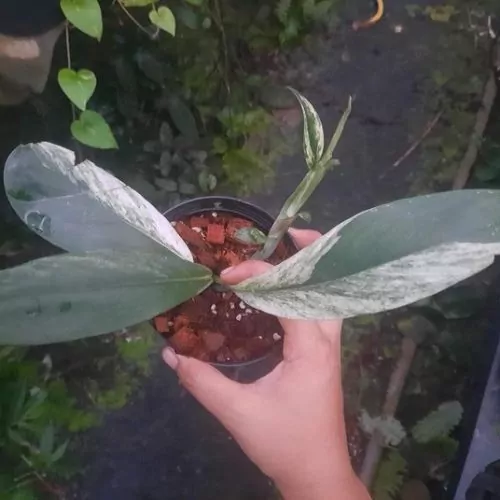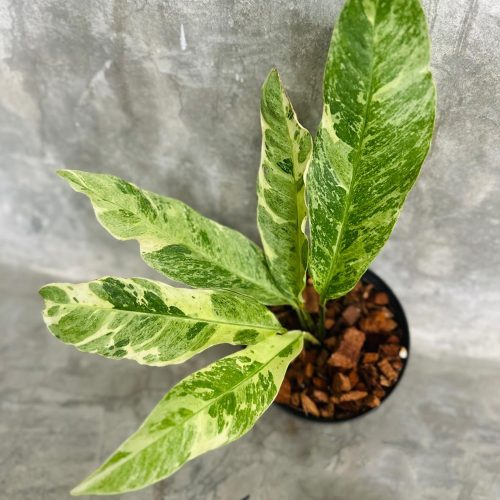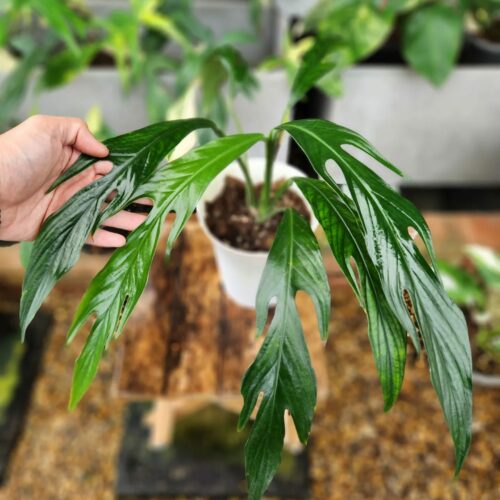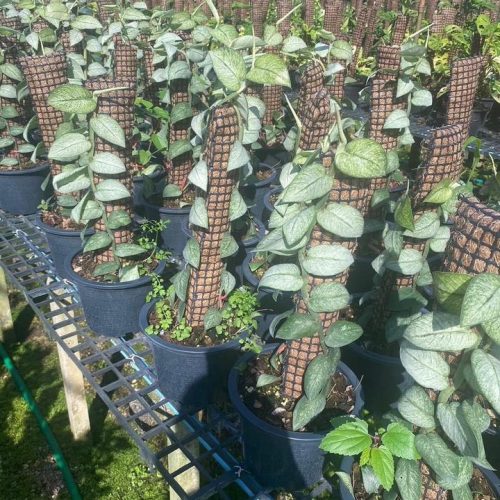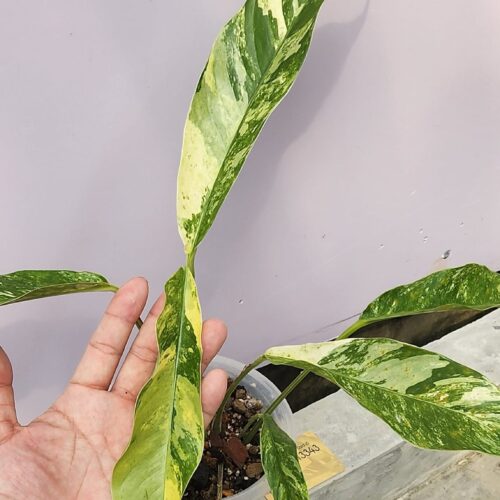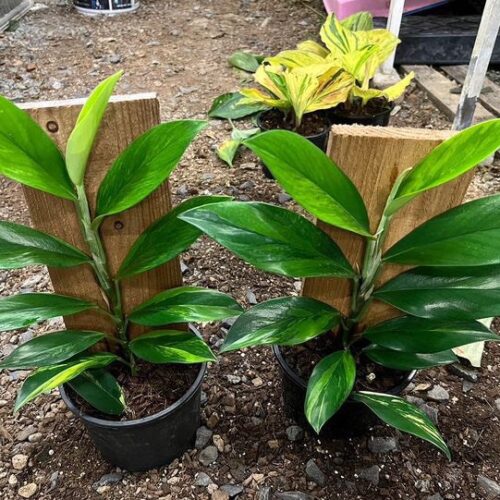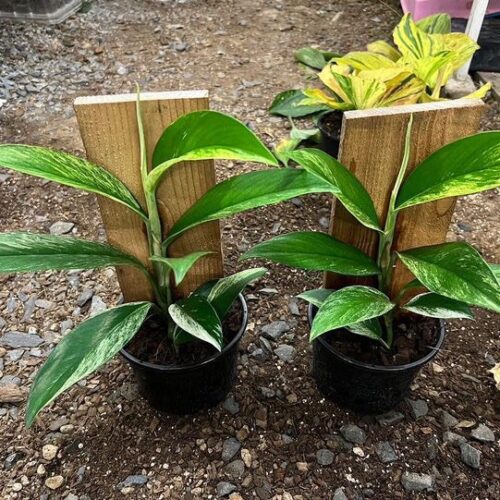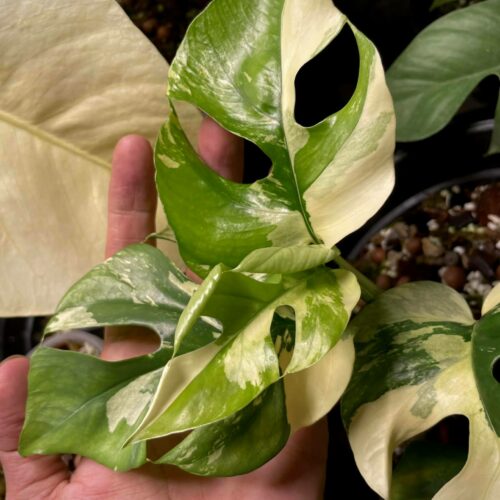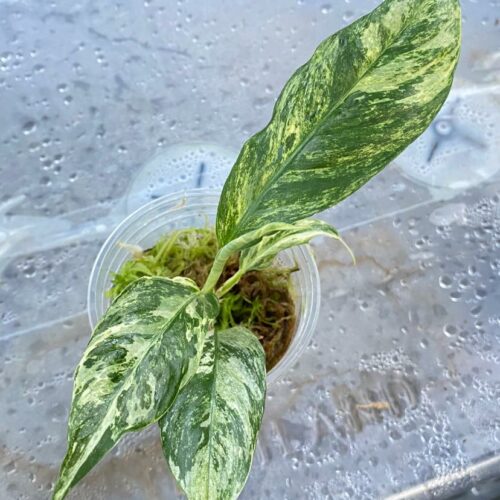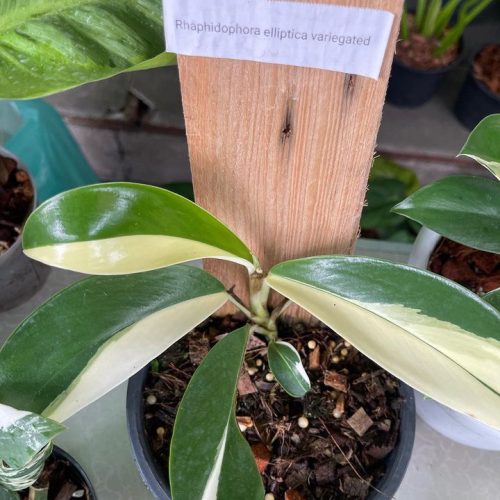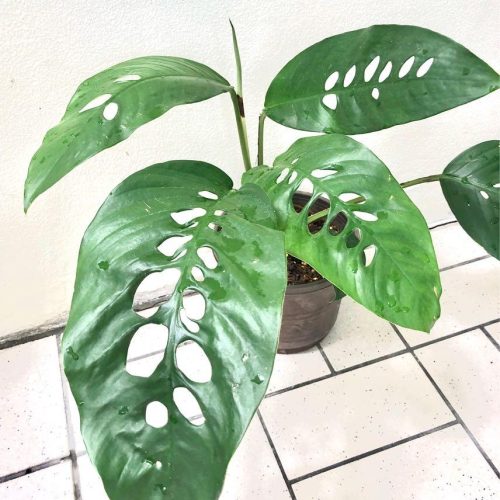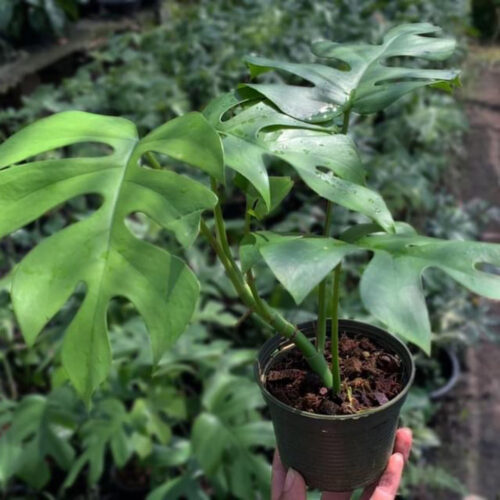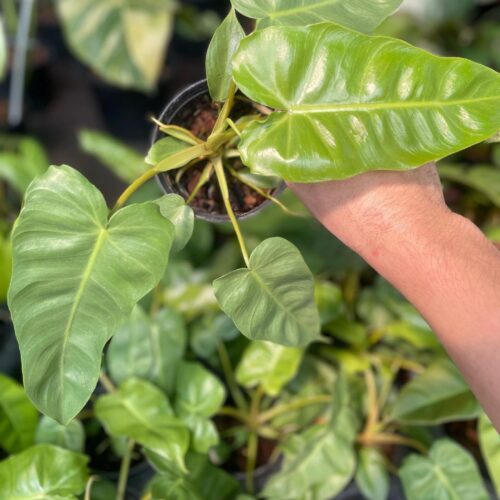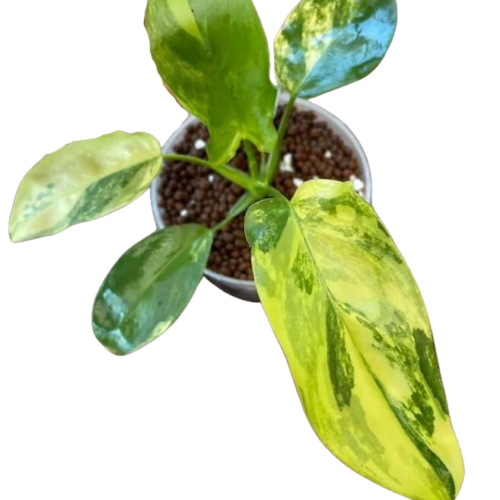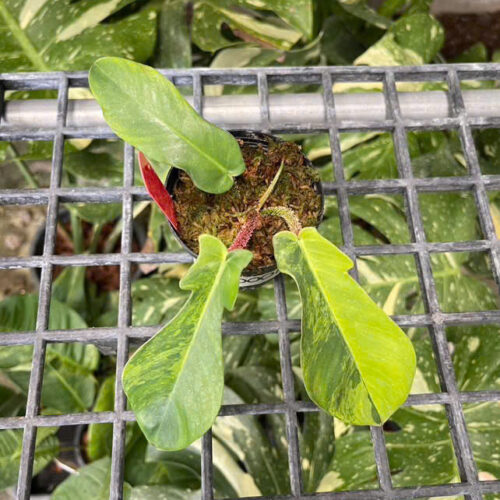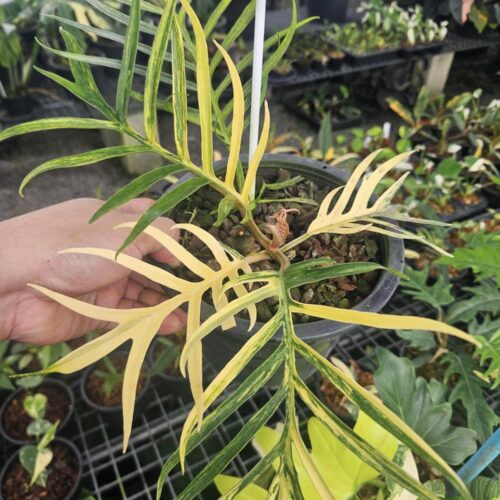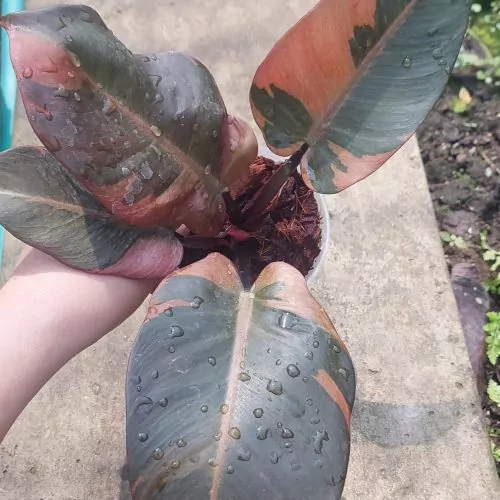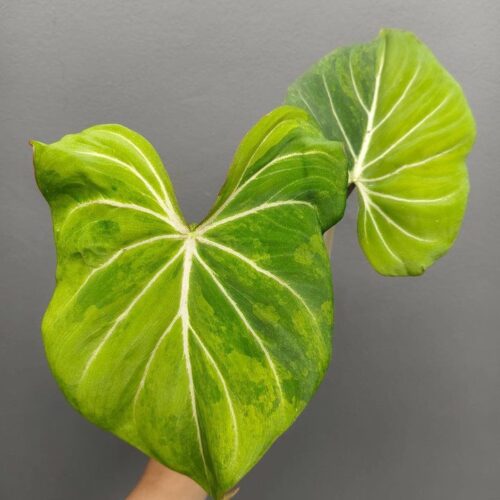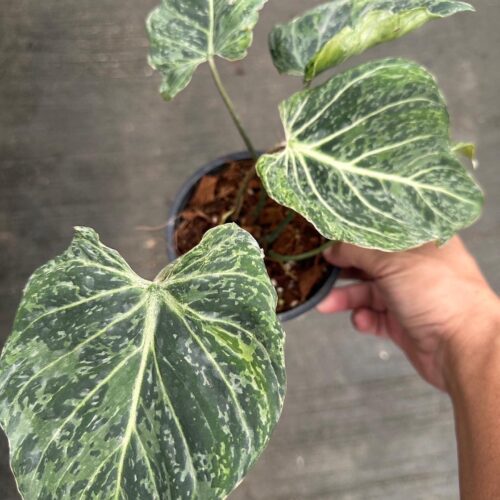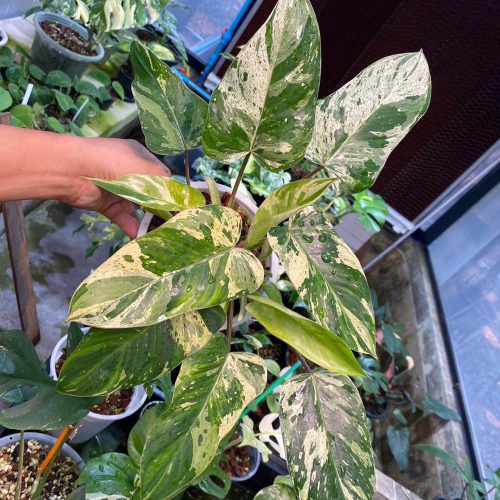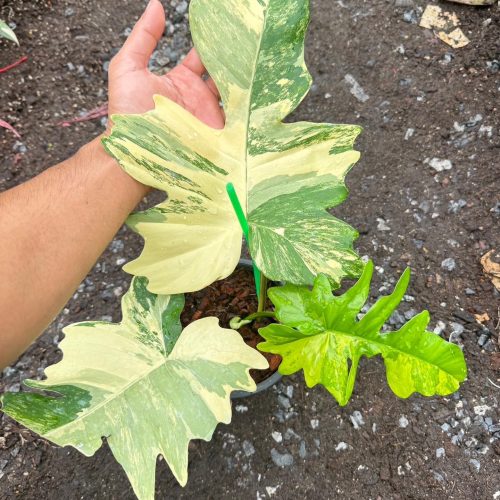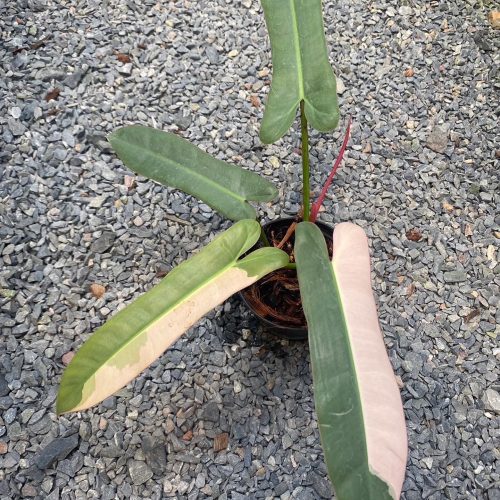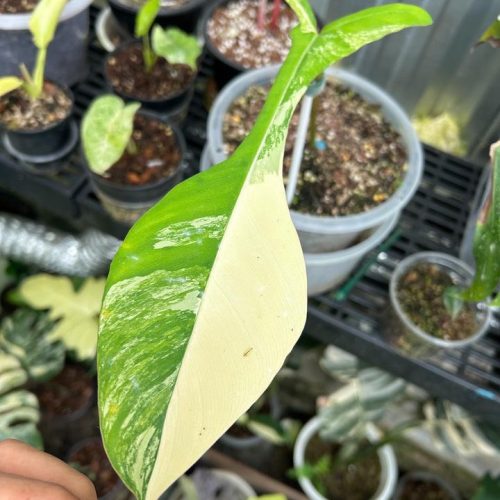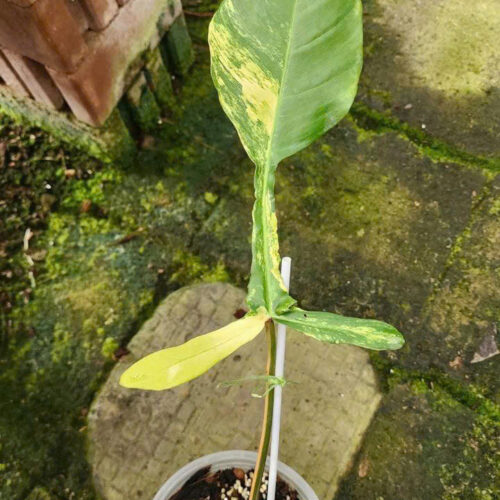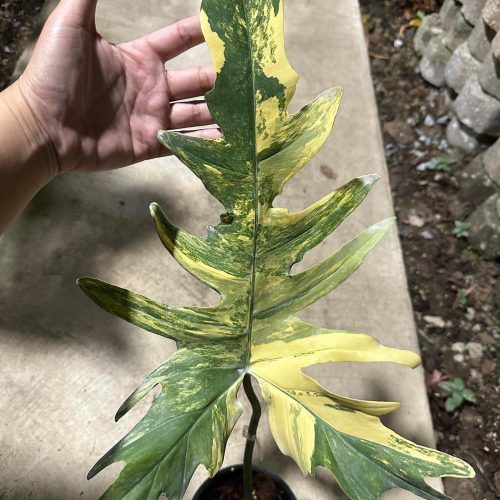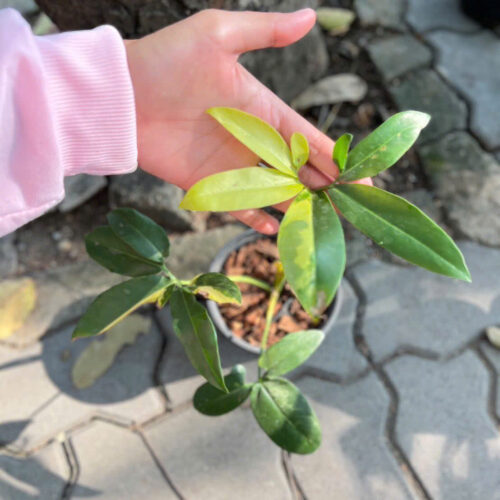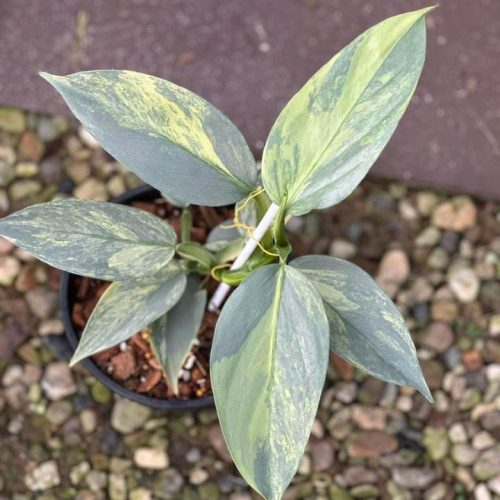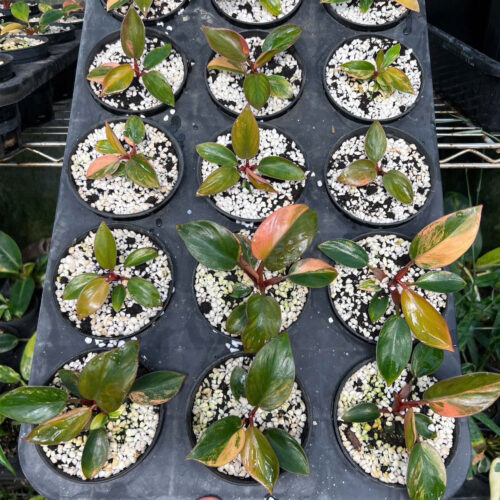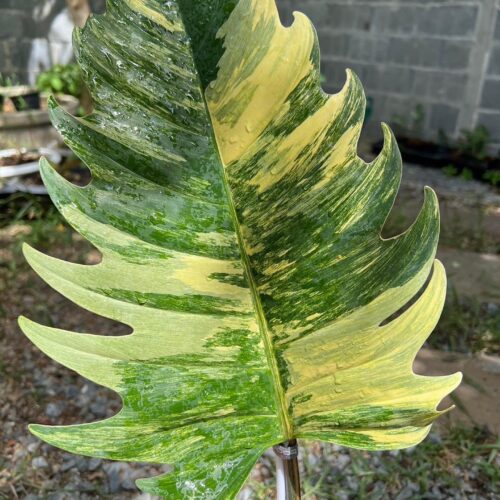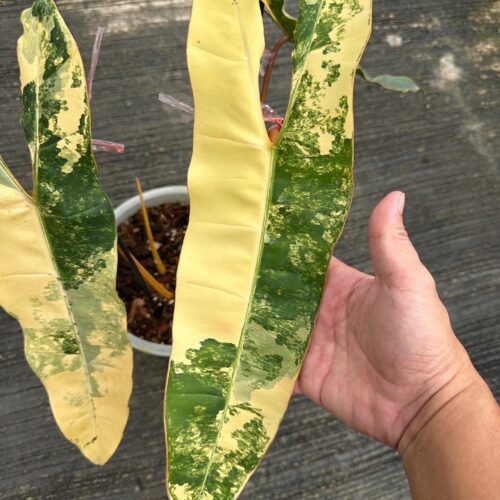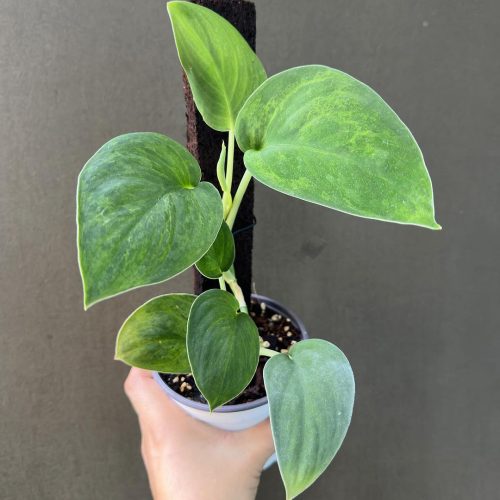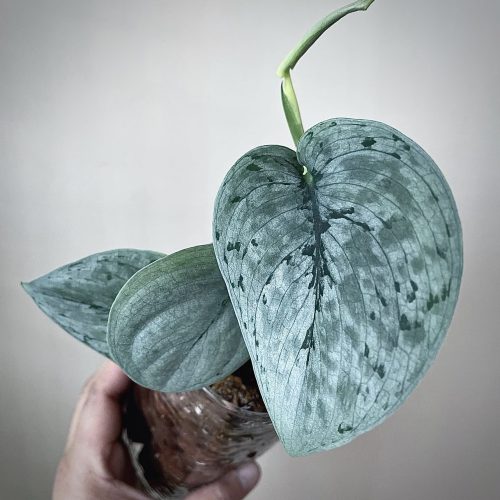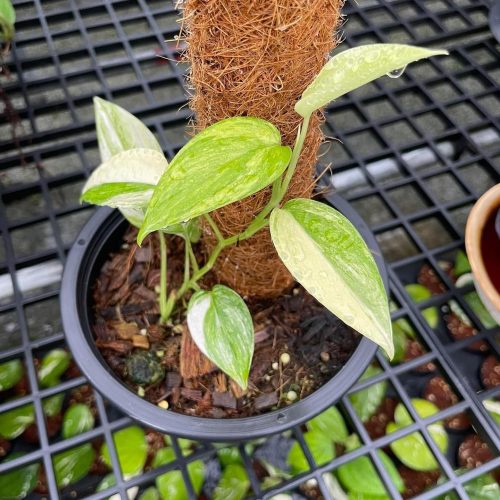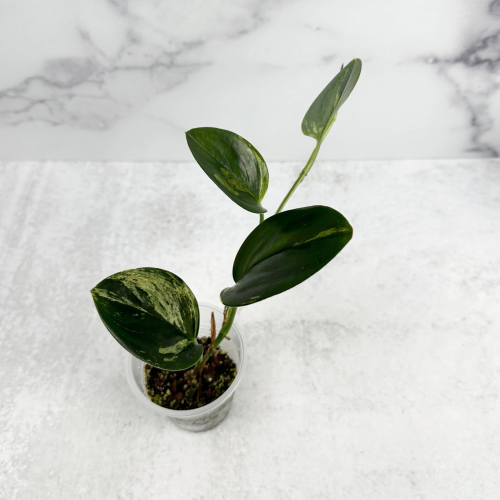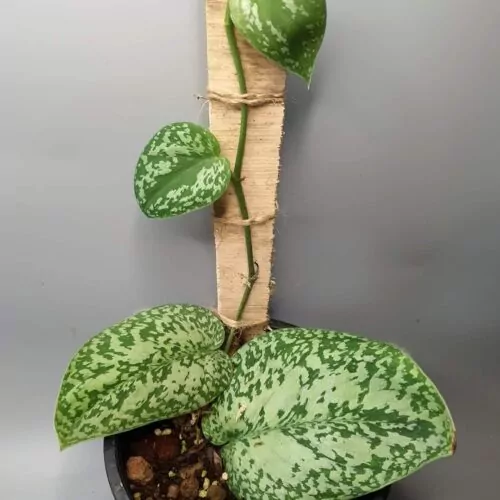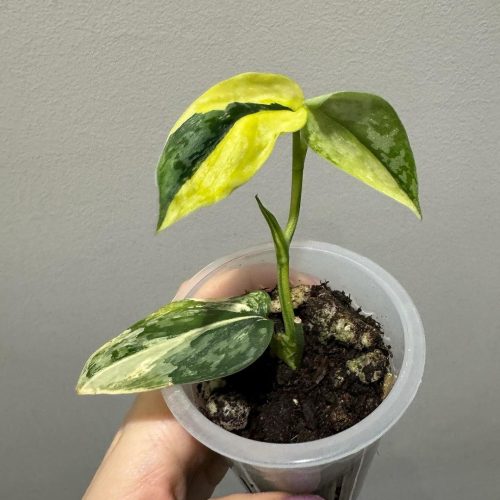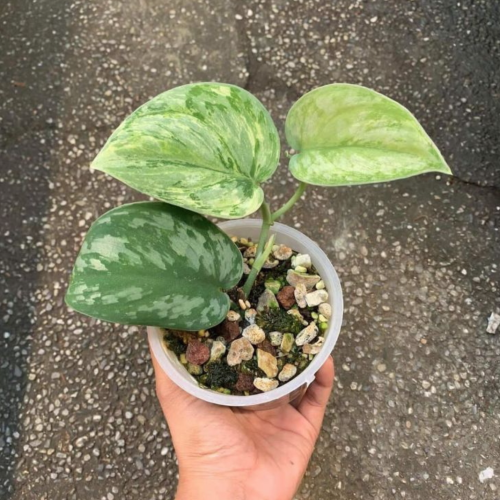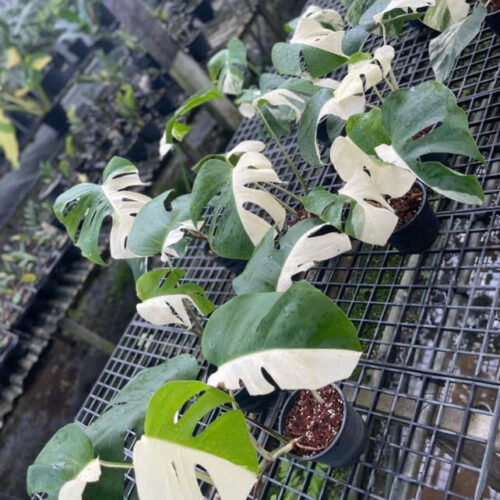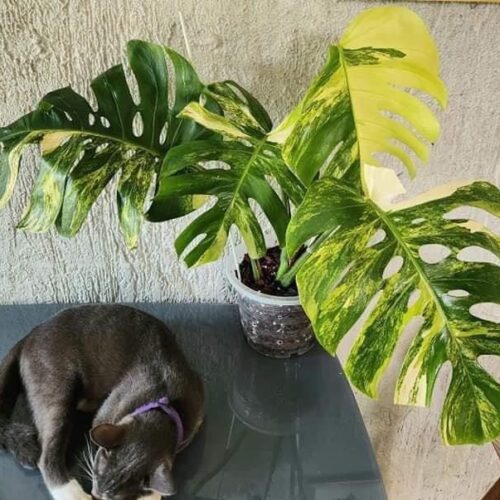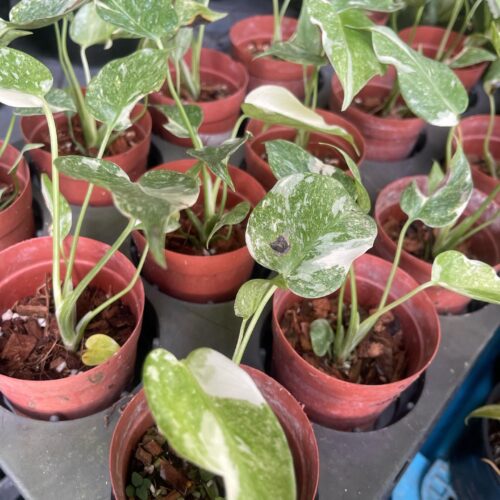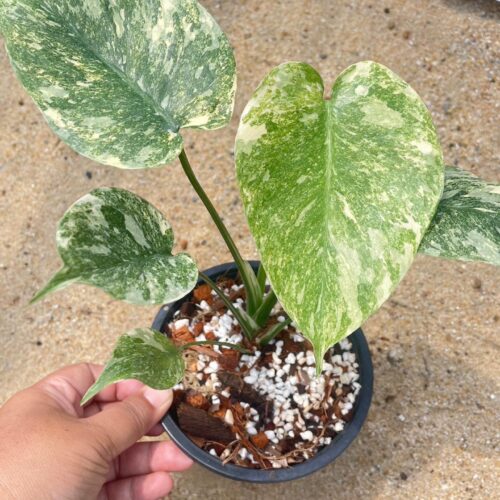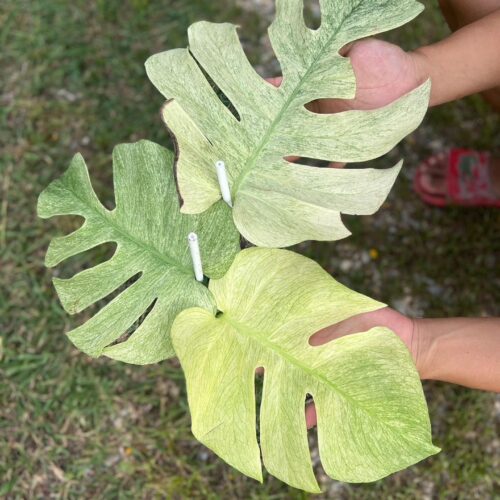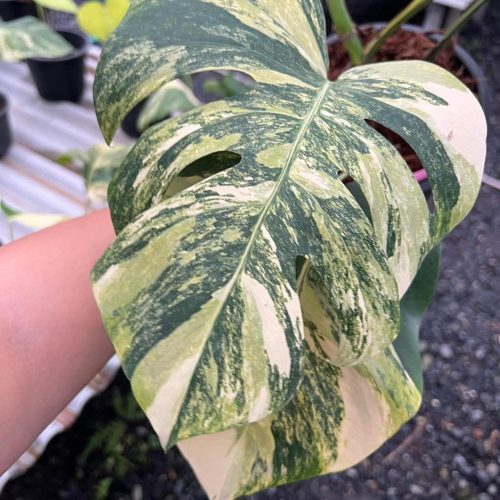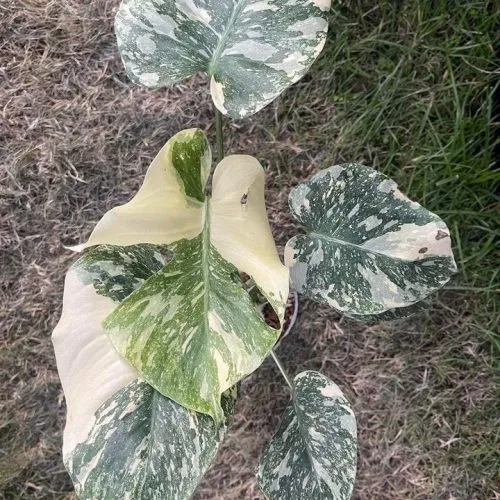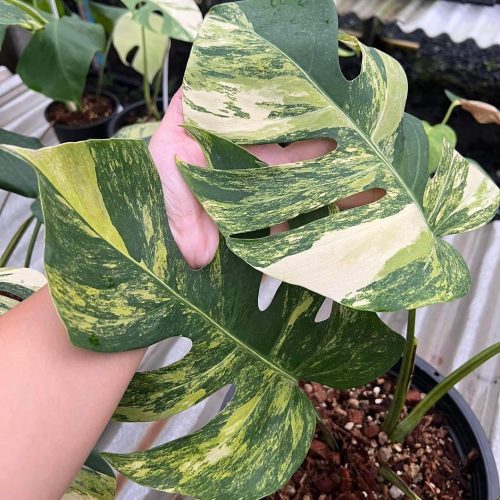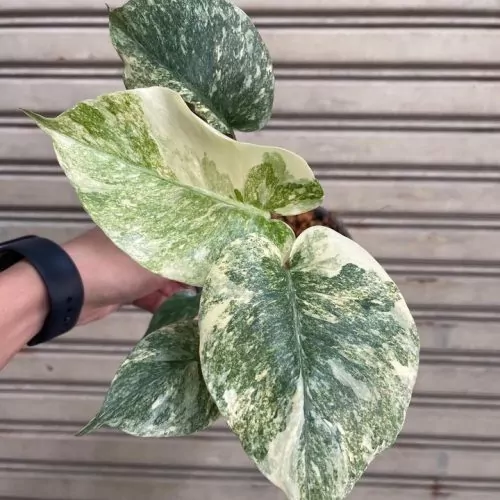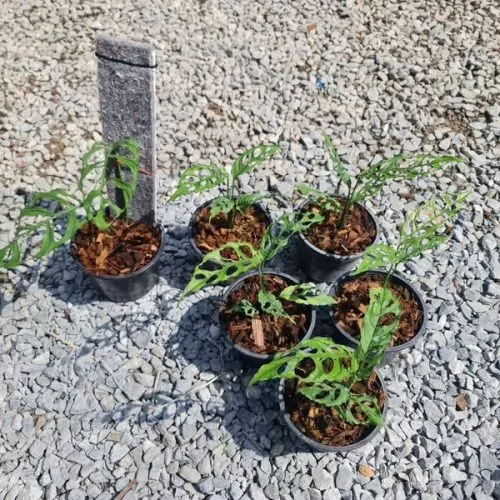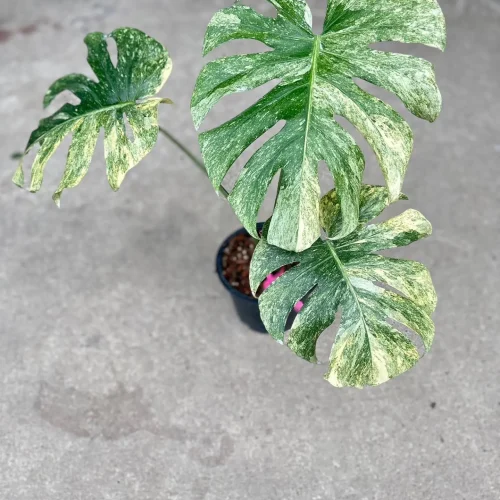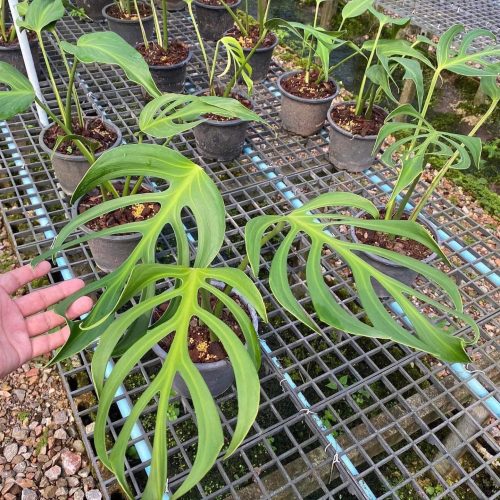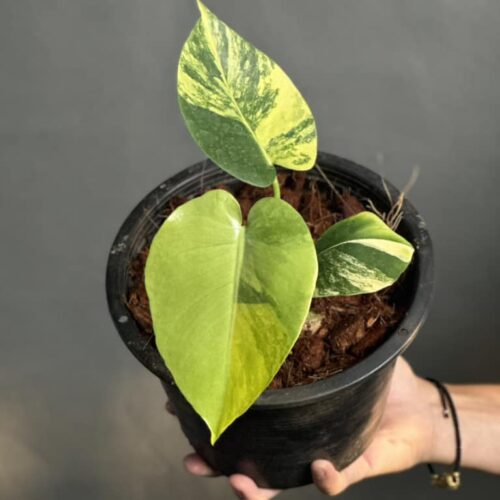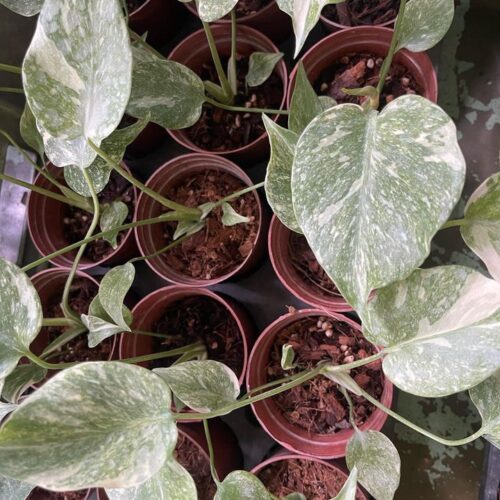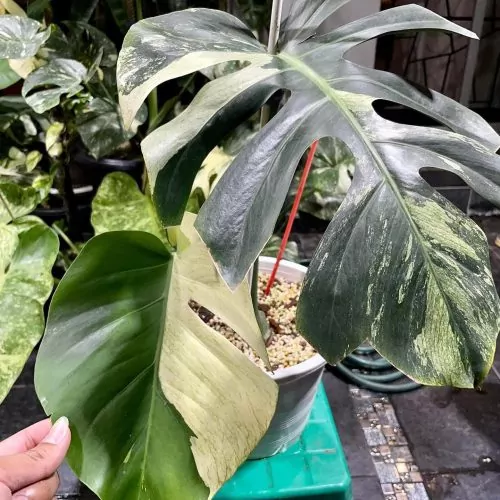The Monstera Aurea Variegata is a stunning tropical plant known for its uniquely patterned leaves. This rare variety of the genus Monstera has become increasingly popular among houseplant enthusiasts in recent years. In this article, we’ll explore everything you need to know about caring for this eye-catching plant.
Origins and Physical Characteristics
The Monstera Aurea Variegata is a variegated form of the species Monstera deliciosa. It originates from the tropical rainforests of Southern Mexico and Panama. This climbing evergreen vine is characterized by its oval-shaped, perforated leaves with yellowish-white variegation.
Leaf Patterns
The leaves of the Monstera Aurea Variegata feature irregular yellowish-white markings against a lush green background. These variegated patterns are unique to each plant, with no two being exactly alike. The striking color contrast makes this plant a standout in any indoor plant collection.

Growth Habit
In its native habitat, the Monstera Aurea Variegata uses aerial roots to climb up large trees. Indoors, it can be grown on supports, trellises, or moss poles to encourage vertical growth. With proper care, this vining monstera can reach up to 20 feet tall at maturity, similar to the growth habits of Rhaphidophora and Epipremnum.
Care and Cultivation
Caring for this specialty Monstera requires paying close attention to its particular needs. While they require similar care to other Monsteras, Aurea Variegatas are generally more challenging to maintain long-term. For a comprehensive guide on general Monstera care, check out our detailed Monstera care guide.
Light Requirements
The Monstera Aurea Variegata thrives best in bright, indirect sunlight. Place it near a south or west facing window where it will receive plenty of ambient daylight. Avoid direct sun exposure, which can scorch its leaves. Insufficient light will cause poor growth and fading of the variegation. For more tips on how to ensure your Monstera gets the right amount of light, explore our Monstera care tips.
Soil, Water and Humidity
Use a well-draining potting mix amended with perlite or orchid bark. Allow the top inch of soil to dry out between waterings. Monitor moisture carefully since overwatering quickly causes root rot. Maintain average room humidity around 50-60% to prevent browning leaf edges. Grouping plants together or using a humidifier can help boost moisture levels. This care routine is also effective for Philodendron and Syngonium.
Fertilizer and Support
Apply a balanced liquid fertilizer monthly during spring and summer. Ensure the climbing vine has proper structural support. Use plant ties to gently secure new growth to trellises as needed. Prune when necessary to shape plants. Propagate by stem cuttings for more Aurea Variegata plants. Similar propagation techniques can be applied to Homalomena and Scindapsus.
Pests and Diseases
Mealybugs, scale and spider mites commonly plague variegated Monsteras. Treat infestations promptly with horticultural oils or insecticidal soaps as directed. Prevent fungal and bacterial diseases by allowing proper air circulation and drainage. Sanitize cutting tools after use. Discard severely infected plants to protect healthy ones nearby.
Reasons for Popularity
The Monstera Aurea Variegata deserves its rising popularity thanks to some key appealing traits. Let’s explore why these plants have captured so much attention recently.
Striking Variegated Foliage
The intricate yellow patterning against lush green makes the Aurea Variegata‘s leaves stand out as works of art. Their holes and fenestrations add beautiful texture. The variegation provides unique visual interest you can’t find with common solid green houseplants. Similar variegation is seen in Philodendron Pink Princess and Monstera Mint Variegated.
conversation piece
With its photogenic, Instagram-worthy leaves, the Monstera Aurea Variegata sparks curiosity and comments from visitors. It serves as an intriguing conversation starter in any interior space. The plant’s rarity and high price tag also contribute to its mystique. To discover more about why Monsteras are such a popular choice for houseplant enthusiasts, delve into the benefits of Monstera plants.
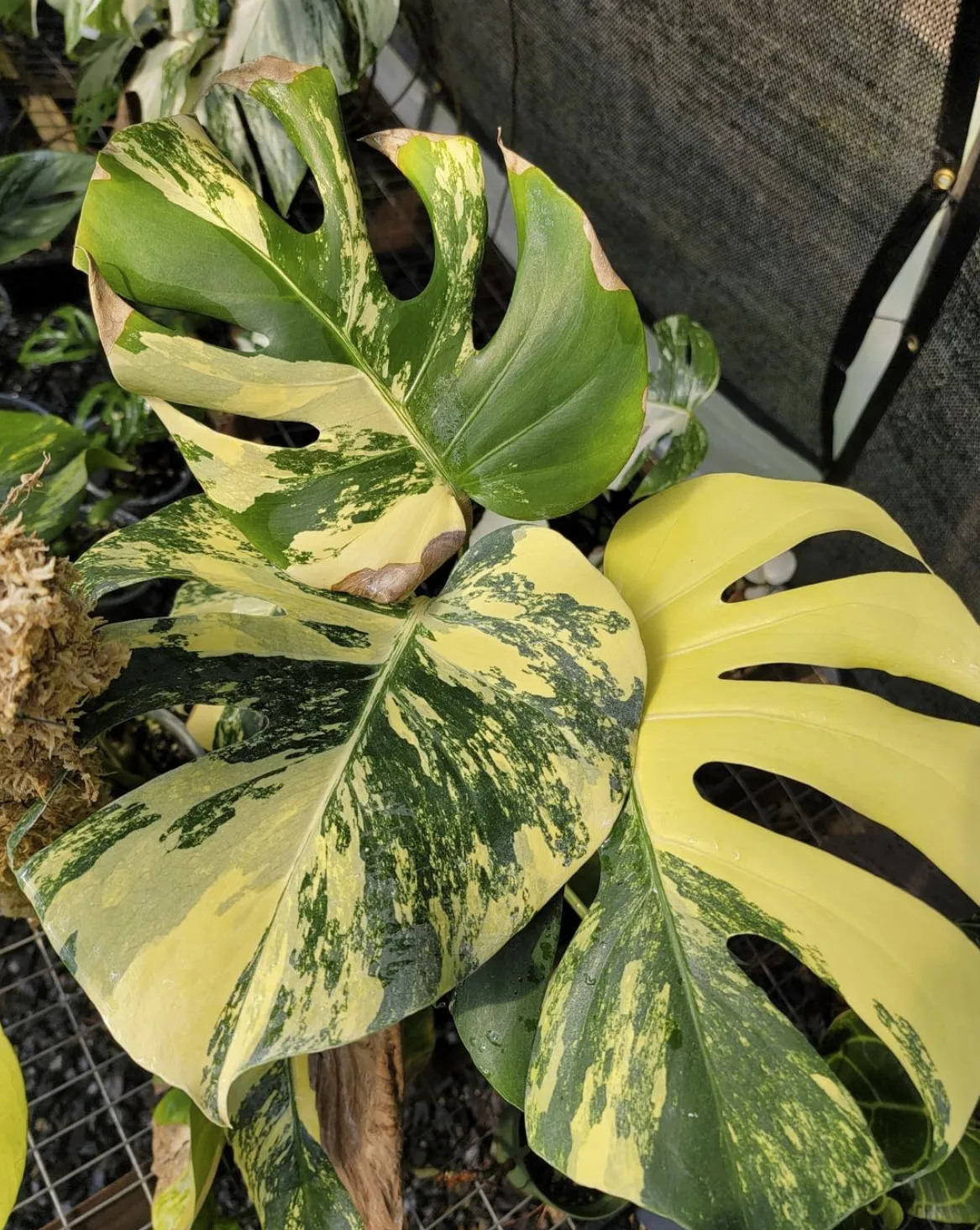
“Unleash the beauty of nature in your home with the Monstera Aurea Variegata! Click here to bring this exquisite plant into your life and elevate your space. Don’t wait, purchase now!”
Statement Plant in Design
The Aurea Variegata satisfies the rising demand for statement-making plants in modern decor. Its bold leaf patterns infuse spaces with character and dimension. The vine’s sculptural form also suits various design styles. Give this ornamental specimen plenty of breathing room to truly shine as your interior’s focal point. Similar design impacts can be achieved with Alocasia and Anthurium.
Monstera species are the most sought after by aroid plant lovers
Sourcing Challenges
The stunning and uncommon Monstera Aurea Variegata comes with a lofty price tag. That’s because it remains difficult to produce in quantity. Several key factors contribute to its limited availability.
Slow Growing
Monstera Aurea Variegata grows at a glacial pace compared to ordinary green Monsteras. Steady, consistent growth takes time and skill to achieve. The slower production rate limits supply levels to meet purchase demand. Stock often sells out instantly.
Difficult Propagation
Each leaf must contain enough yellow variegation to sustain the desirable patterning in subsequent generations. Otherwise, reverted all-green cuttings lose market value. Propagators must exhibit patience and care when cloning plants. Success rates remain lower than quicker-spreading houseplants.
Vulnerability to Blight
Significant variegation puts extra stress on the plant’s physiology and metabolism. Without adequate light exposure, the yellow portions cannot photosynthesize properly. Extended improper growing conditions make Monsteras prone to fungal blight which quickly kills vines. Avoid wet leaves and provide excellent air flow.
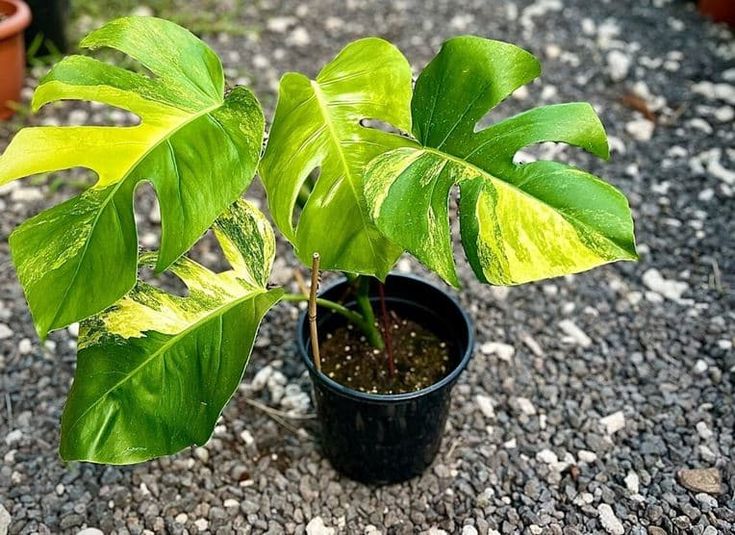
Conclusion
With its celestial-looking, intricately patterned foliage, the Monstera Aurea Variegata makes an unparalleled houseplant specimen. Caring for this climbing aroid does take diligence and plant parenthood skills. Yet the visual rewards outweigh any added effort. Just be prepared to budget accordingly to acquire this celestial showstopper vine for your plant collection!
FAQ
- What is Monstera Aurea Variegata?
- Monstera Aurea Variegata is a rare and sought-after tropical houseplant known for its unique, variegated leaves. The variegation includes shades of yellow or golden color, hence the name ‘Aurea,’ which adds a striking contrast to its green foliage.
- How do you care for a Monstera Aurea Variegata?
- This plant thrives in bright, indirect light and requires well-draining soil. Water it when the top inch of soil feels dry, and maintain high humidity for optimal growth. Avoid direct sunlight, which can scorch its leaves.
- What makes Monstera Aurea Variegata unique compared to other Monsteras?
- The distinctive feature of Monstera Aurea Variegata is its yellow variegation. Each leaf has a unique pattern, making it a highly prized plant among collectors. This variegation is caused by a natural mutation and requires careful maintenance to preserve.
- Can Monstera Aurea Variegata revert to green?
- Yes, it can. If the plant doesn’t receive adequate light, the variegated parts of the leaves may revert to green. To maintain variegation, provide sufficient indirect light and avoid over-fertilization.
- Is Monstera Aurea Variegata toxic to pets?
- Yes, like other Monsteras, the Aurea Variegata is toxic to pets if ingested. It contains calcium oxalate crystals, which can cause irritation and discomfort. It’s advisable to keep the plant out of reach of pets and children.

